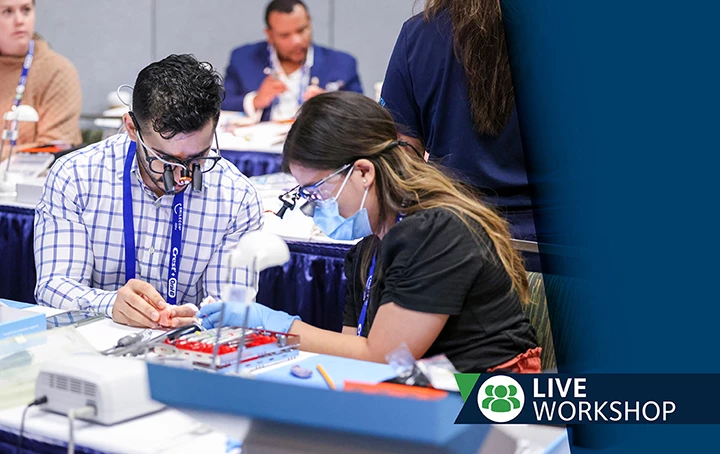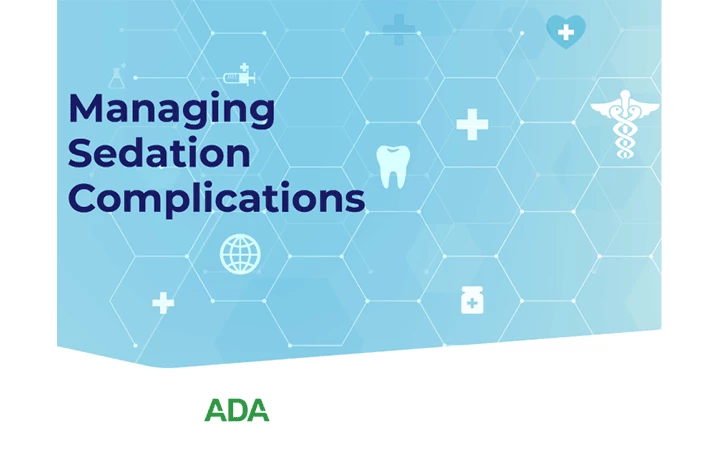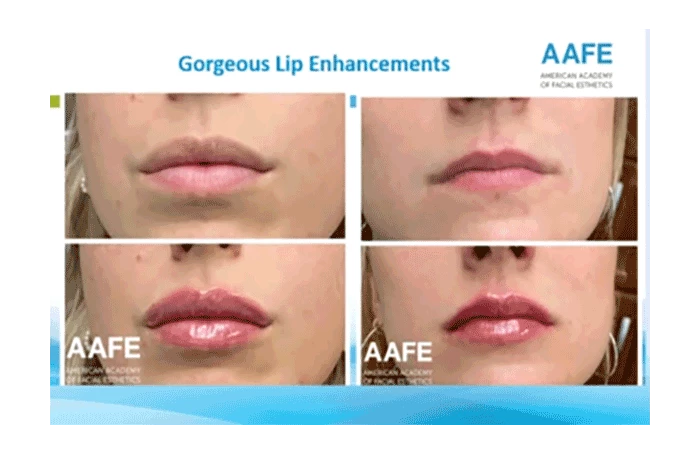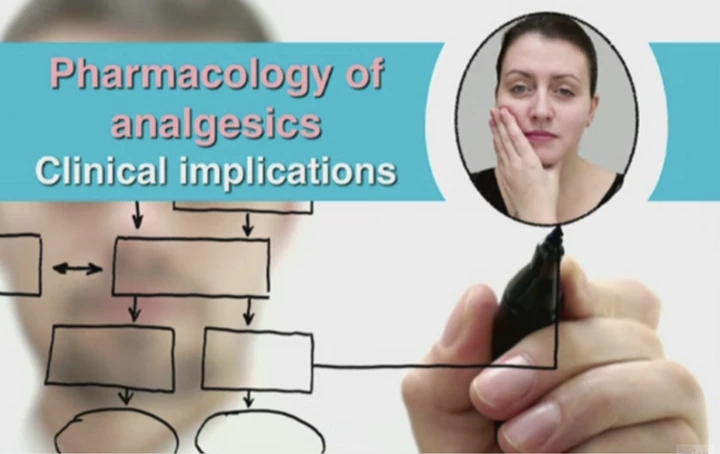Children's Airway Event in Chicago
Assemble a team that gets the best results. Join us May 30-June 1.
With ADA Continuing Education, you can choose the learning pathway that gets you where you need to go in your career...and beyond. Experience exceptional dental CE for the dentist, hygienist, and the dental team in-person with our Live Workshops, from the comforts of your office with interactive Live Webinars, or on your own schedule with Online Courses.









